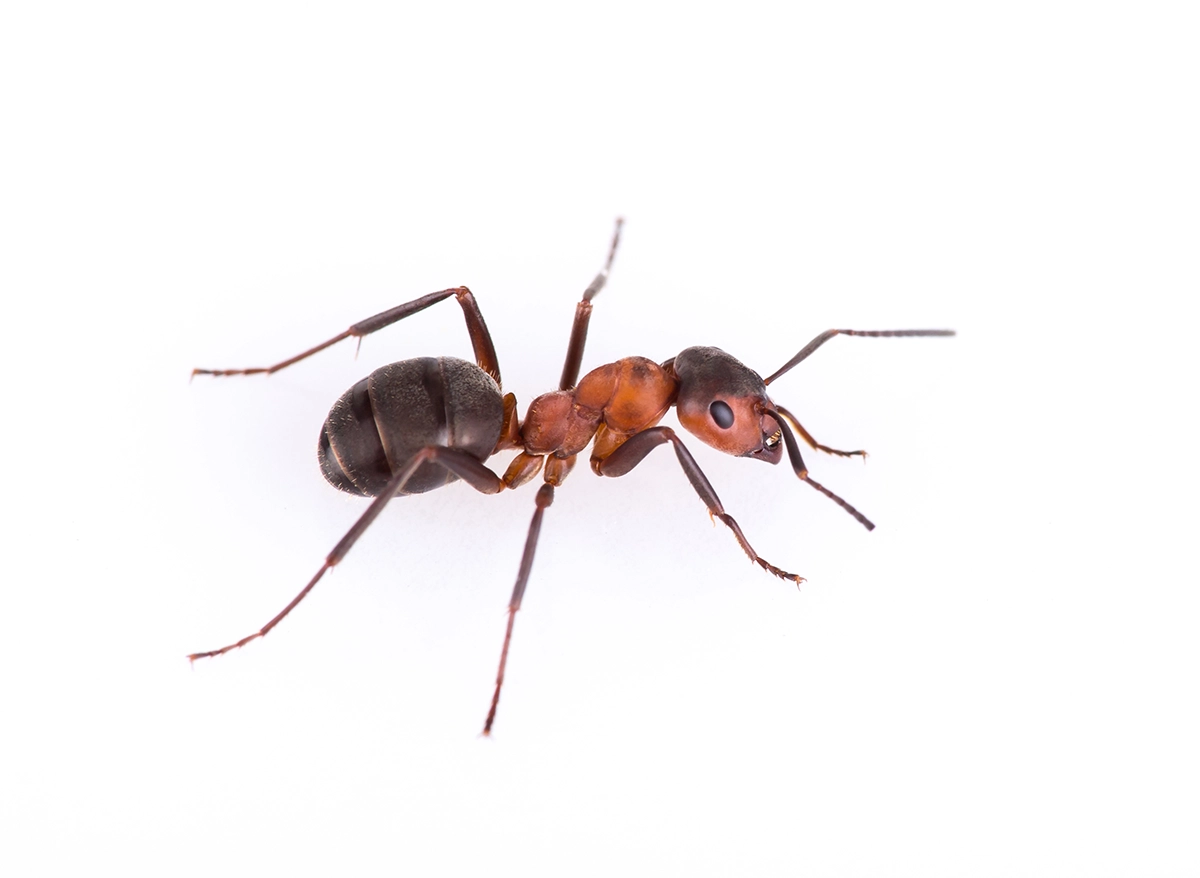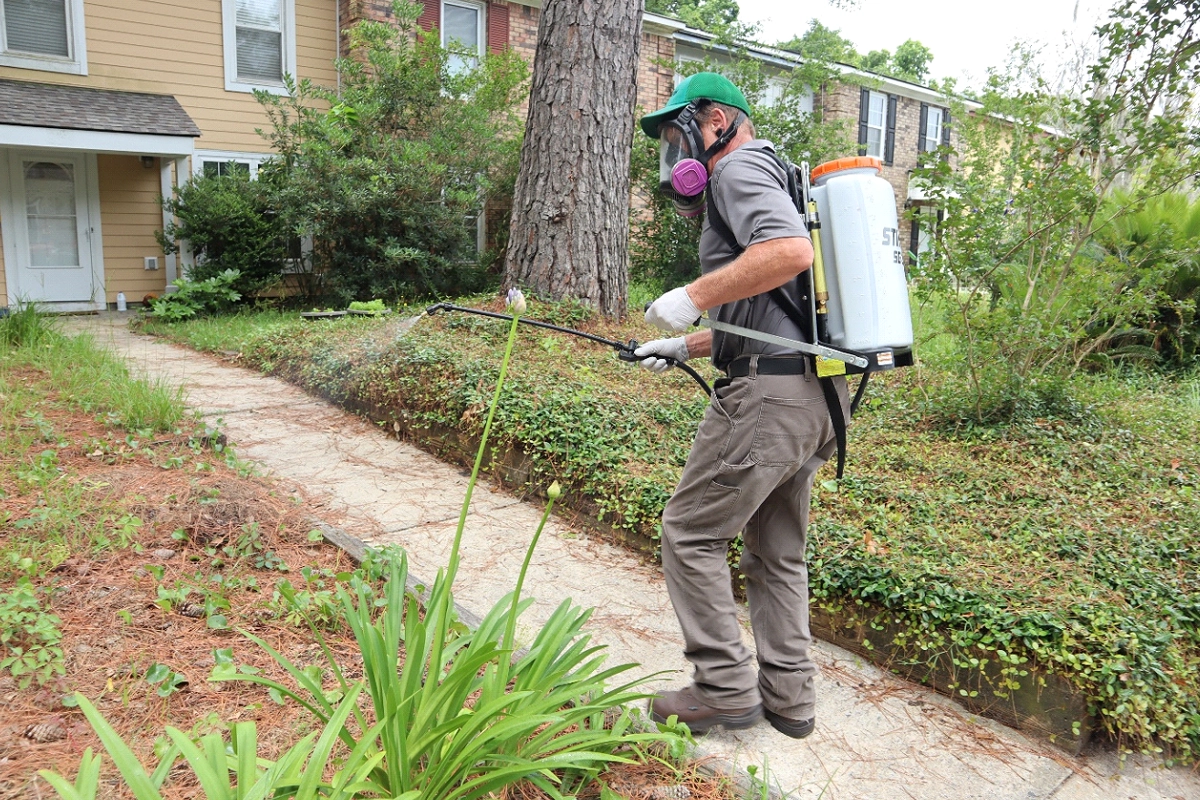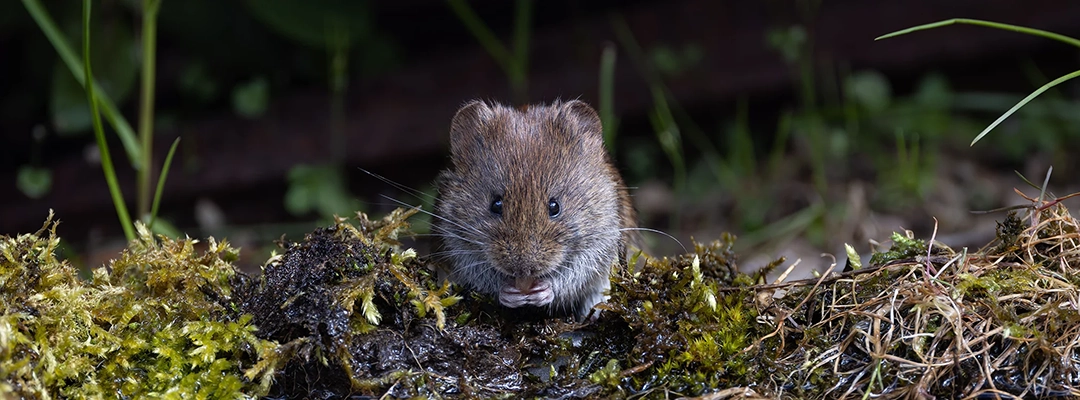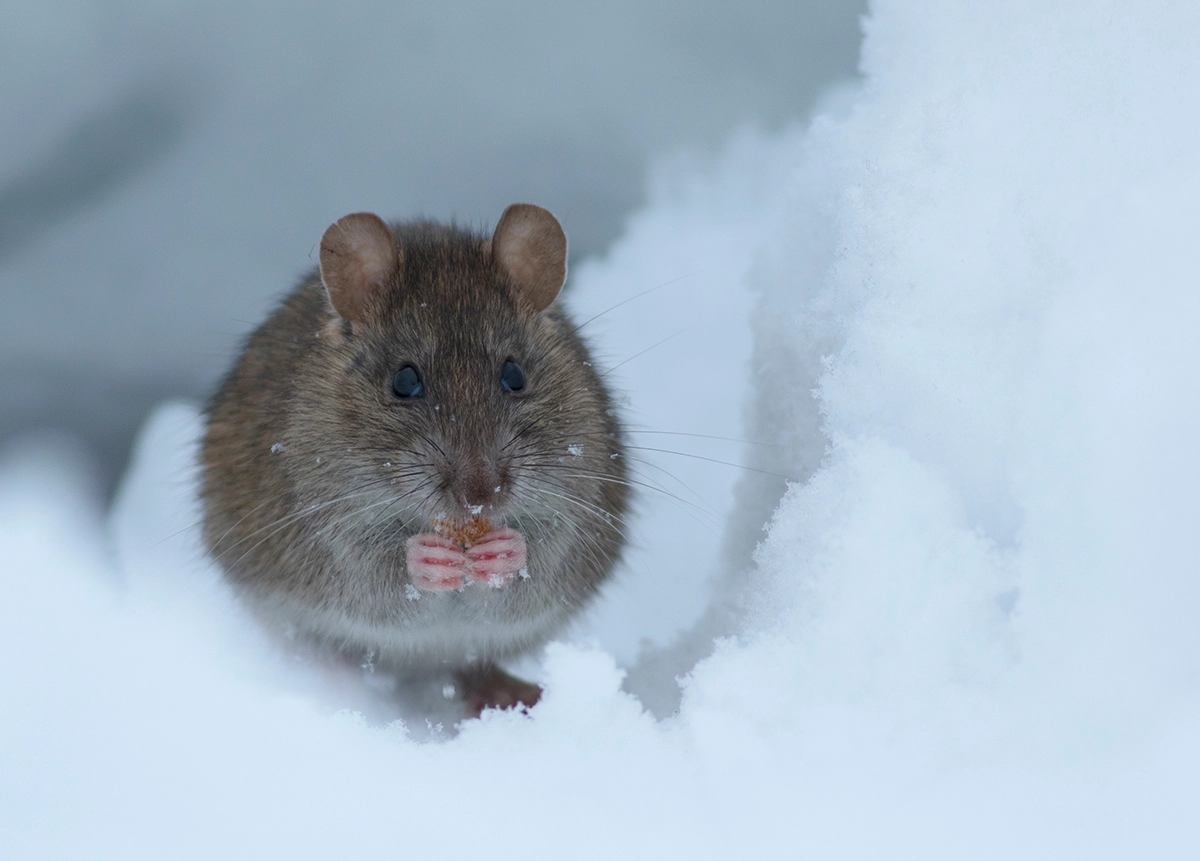As autumn sets in across Southeast Alaska, many homeowners brace for rain, wind, and cooler nights. But alongside the seasonal changes comes another less welcome visitor: bed bugs. These hardy pests don’t simply disappear with summer—they become harder to control. If you’re needing bed bug services, it’s important to understand what happens in fall, how infestations begin, what signs to look for, and why professional help starts being critical.
Why Fall Triggers Bed bug Activity
Longer Indoor Periods
As temperatures drop and daylight fades, people spend more time indoors. Beds, couches, and upholstery become nodes of activity—places bed bugs can move freely without being disturbed. The more time spent indoors, the more opportunities bed bugs have to feed, reproduce, and spread.
Increased Clutter & Soft Furnishings
Fall often brings changes to the home that unintentionally create hiding spots for bed bugs: seasonal bedding, extra pillows or throws, used clothing stored for winter, guest blankets, and the return of heavy drapes. These soft items often harbor bed bugs in seams, folds, and crevices.
Travel and Guest Activity
Though less of a travel season compared to summer, fall still sees guests, travelers returning home, and shared lodging in rentals or cabins. Bed bugs are excellent hitchhikers—they cling to luggage, coats, furniture. Even used furniture brought into the home can introduce bed bugs.
Reduced Effectiveness of Some DIY Measures
Cooler weather and changes in humidity can make bed bug control via simple DIY steps harder. For example, laundering and drying styles may be less accessible; heating items to kill bed bugs might be more difficult when homes are more sealed. That raises the need for professional bed bug services.
Signs That Bed Bugs Are Present
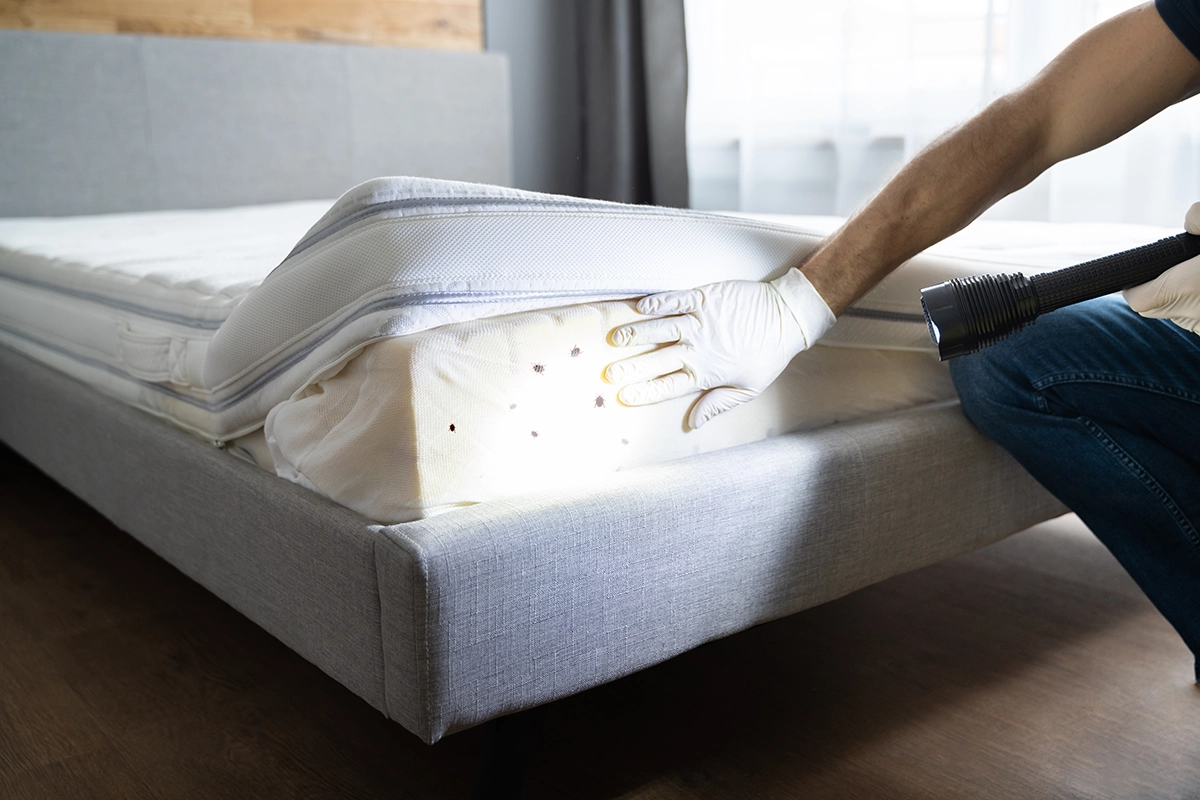
Recognizing early warning signs can make the difference between minor disruption and a full‑scale infestation. Here are indicators to watch for, especially this fall:
- Small, itchy bites on naked skin after sleep, often in lines or clusters.
- Dark brown or reddish stains on sheets, mattress seams, or pillowcases.
- Tiny, pale shed skins (nymph casings) as bed bugs molt.
- Tiny eggs (white, oval) or eggshell fragments in mattress seams, box springs, or fabric folds.
- Musty, sweet-ish odor, especially in rooms where many soft textiles are in use.
- Live bugs or nymphs hiding along mattress piping, behind headboards, in furniture joints, under loose wallpaper or in cracks.
- Clusters of small dark spots (fecal matter), especially along baseboards or in furniture crevices.
Why Southeast Alaska Poses Unique Challenges
While bed bugs are tough everywhere, several factors in Southeast Alaska make them harder to detect and remove:
- Climate & Insulation: Homes tend to be closed up for fall/winter, which reduces airflow and allows textiles to remain warm enough for pests.
- Remote & Seasonal Properties: Cabins, lodges, and vacation rentals may sit unused for parts of the year. If infested, the bugs can go undisturbed, allowing populations to grow.
- Supply & Environmental Constraints: Access to immediate service, specific solutions, and heat-treatment equipment may be limited depending on location.
- Resistance & Persistence: Bed bugs in Alaska, as elsewhere, have shown ability to survive long periods without feeding, withstand cold spells inside homes, and hide exceptionally well.
How Bed Bug Services Can Help
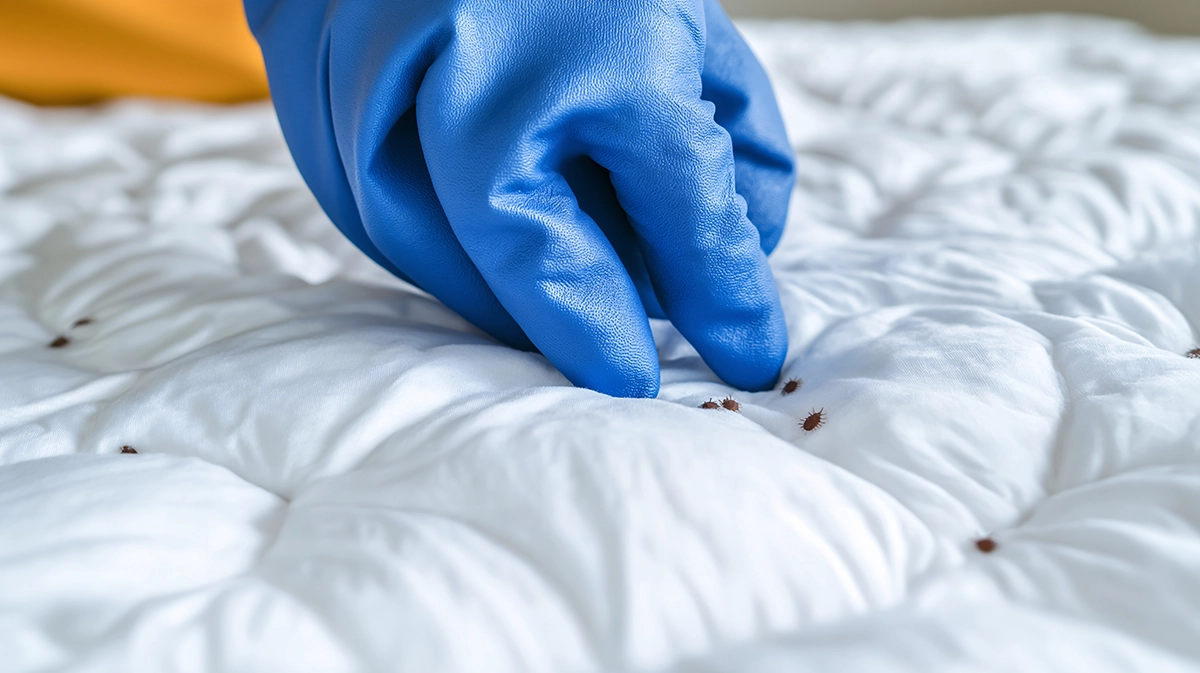
Professional bed bug services are more than a last resort—they’re often the safest, most thorough way to regain control. Here’s what good bed bug service should include:
Inspection & Assessment
- Detailed examination of sleeping areas, furniture, baseboards, and hidden refuges.
- Use of tools or traps to gauge the extent of infestation.
- Identification of potential entry points (used furniture, luggage, structural cracks).
Treatment Options
- Heat treatments to penetrate mattresses, furniture, and carpet seams.
- Approved treatments tailored for bed bugs.
- Vacuuming, steaming, laundering at high heat, and removal of heavily infested items.
- Encasements for mattresses and box springs to trap bed bugs and prevent re‑infestation.
Follow‑up Monitoring & Support
- Return visits to check effectiveness, treat remaining bugs, or address re‑emergence.
- Education for homeowners on cleaning, reducing hiding places, and laundering textiles.
Safety Considerations
- Use of treatments to avoid harm to residents or pets.
- Minimal disruption with professional protocols.
DIY Prevention Tips (While You Wait for Help)
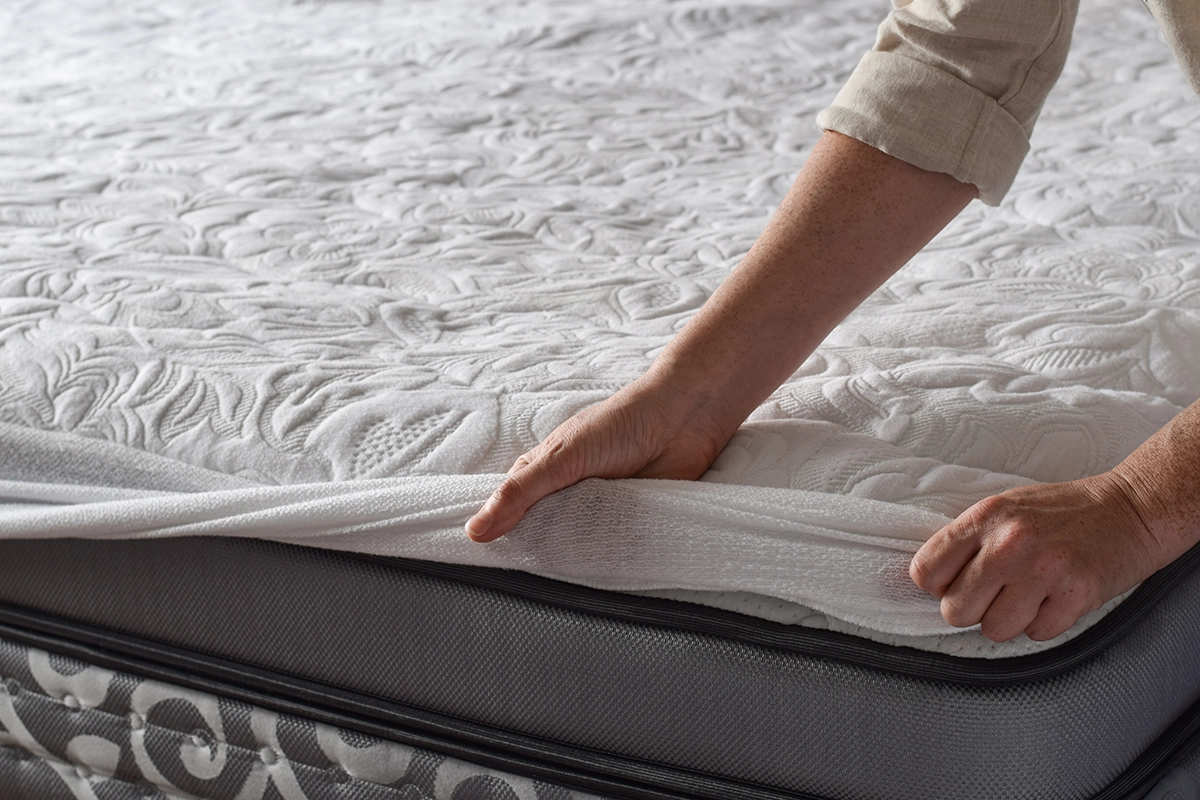
Even before calling for full bed bug services, there are things homeowners can do to limit spread and reduce risk:
- Wash bedding, linens, and clothing regularly in hot water; dry on highest heat.
- Vacuum mattresses, box springs, upholstered furniture; pay attention to cracks and seams. Dispose vacuum bags or clean canisters carefully.
- Reduce clutter around beds so hiding spots are limited.
- Use protective encasements on mattresses and box springs.
- Inspect second‑hand furniture very thoroughly before bringing it inside.
- Use light‑colored bed linens so that noticing stains, droppings, or dark spots is easier.
- Seal cracks or gaps in baseboards, or around where furniture meets walls.
When to Call Alaska Pest Management
Here are times when you should reach out to APM for professional bed bug services:
- If you see multiple indicators from the list above (bites + stains + live bugs).
- In rentals, cabins, or shared living spaces where infestations can spread.
- If you’re preparing a property for guests or tenants, especially during fall and winter stays.
- For seasonal properties that have been unoccupied but may harbor hitchhiking bugs.
End Bed Bugs Before They Spread
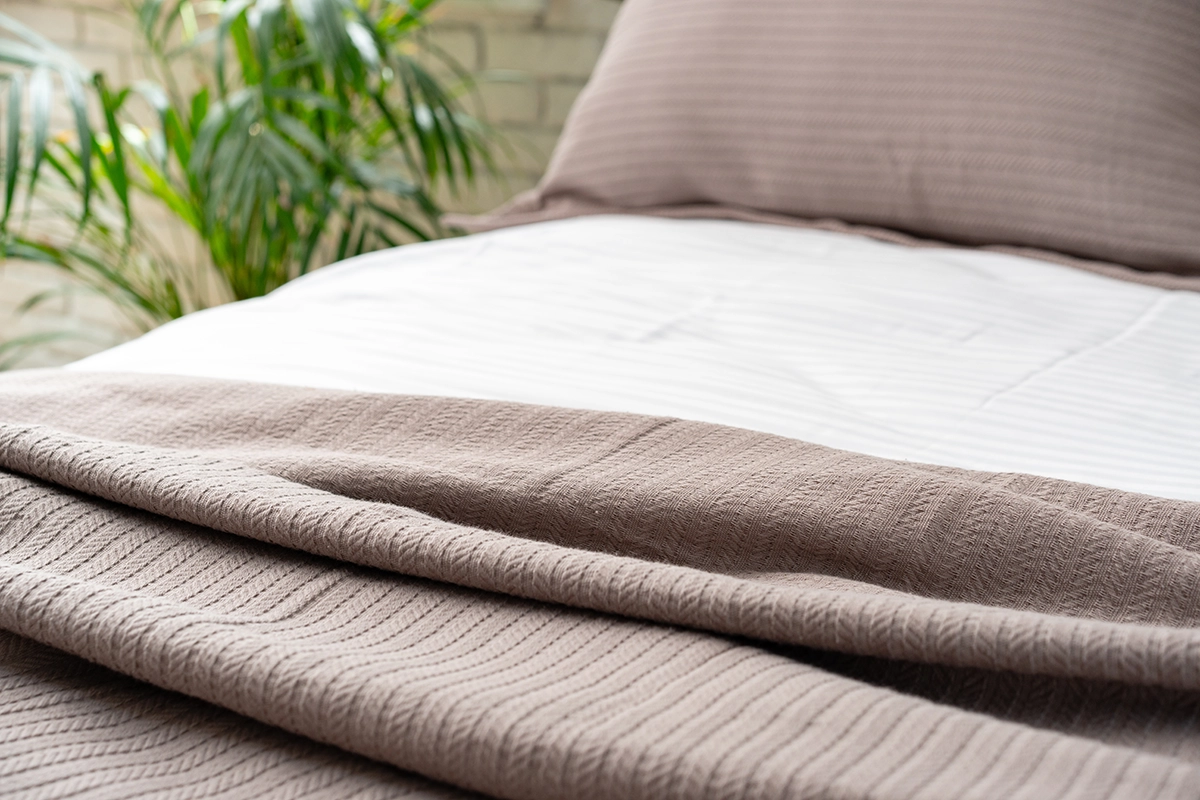
Fall in Southeast Alaska is more than changing weather—it’s a season when bed bug risks rise. Increased indoor time, changing textiles, guest arrivals, and the difficulty of DIY solutions combine to make it a critical time to be vigilant.
If you notice early signs, don’t wait until the infestation spreads. Professional bed bug services from Alaska Pest Management offer the expertise, tools, and support needed to protect your home, family, or rental property.
Make this fall the season you stay bed bug‑free. Contact APM today for inspection, treatment, and peace of mind.

